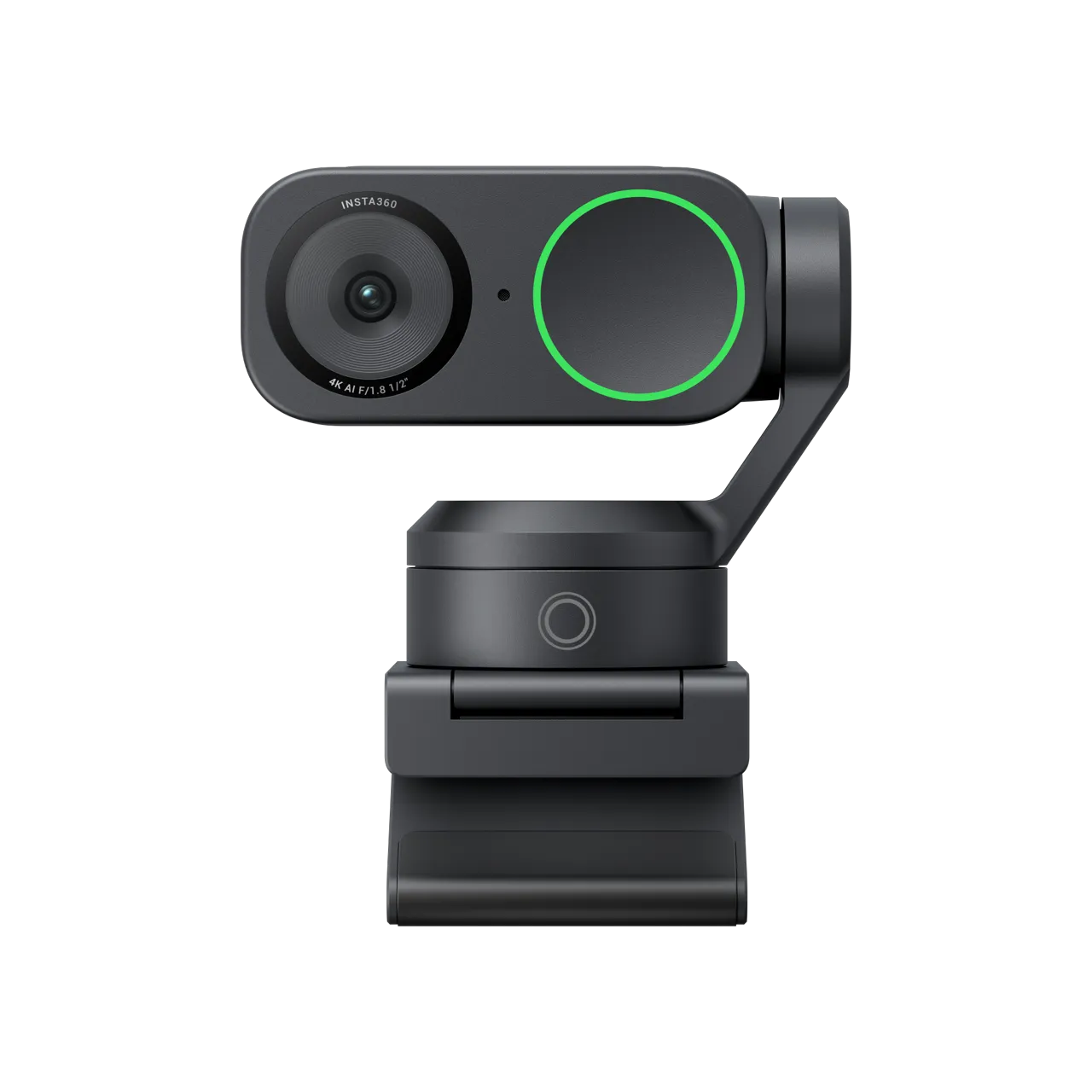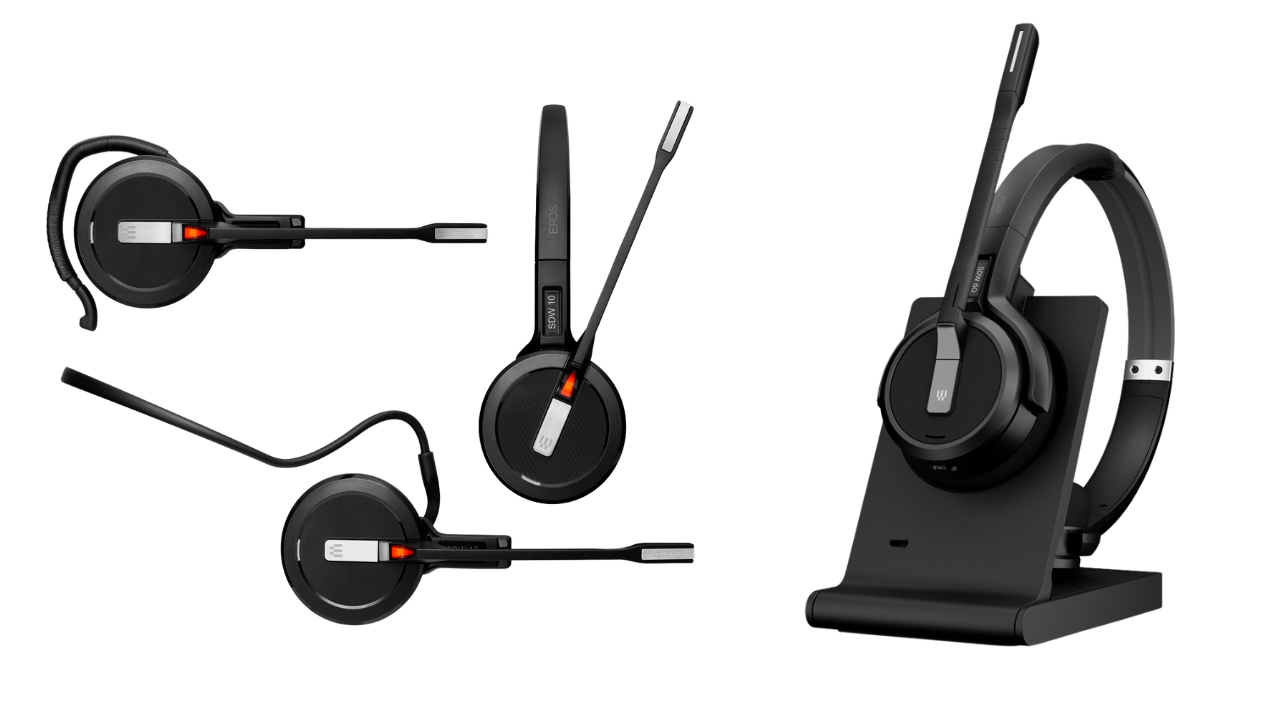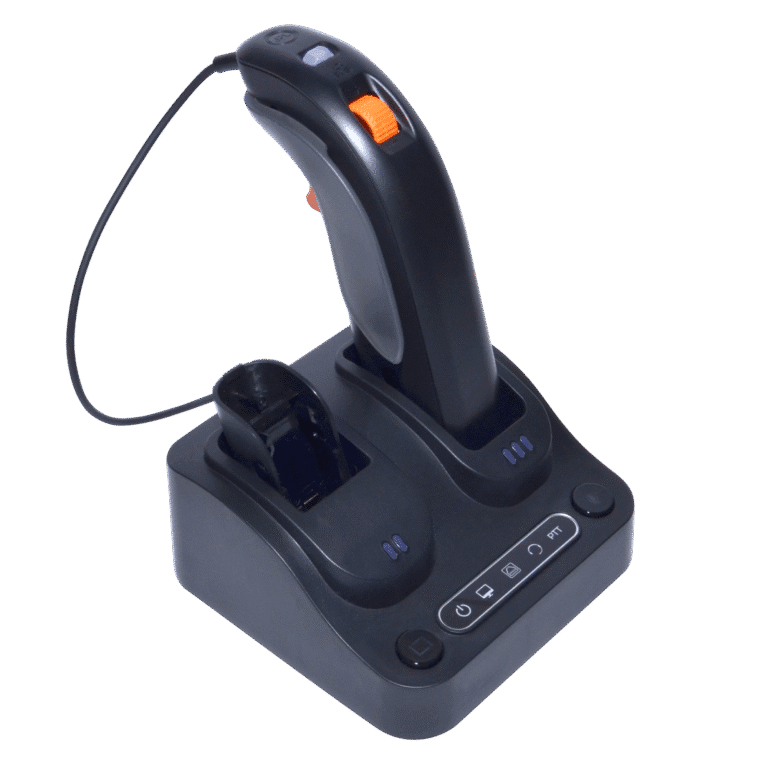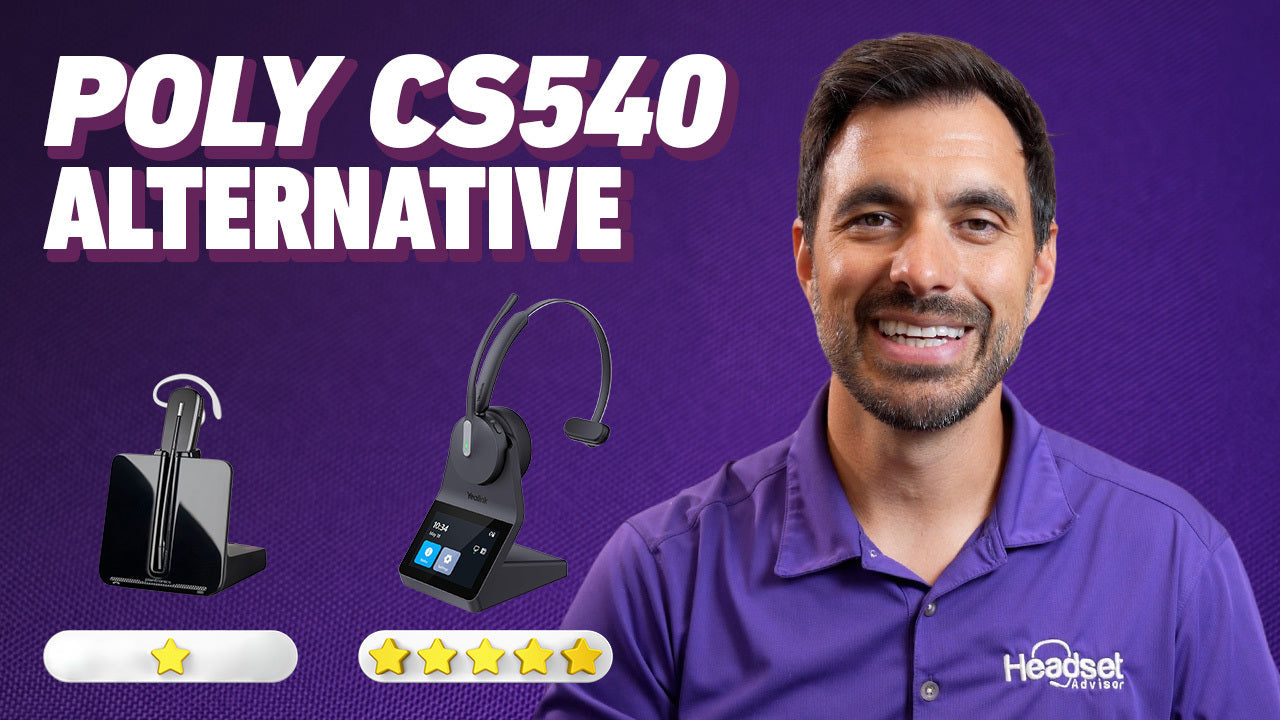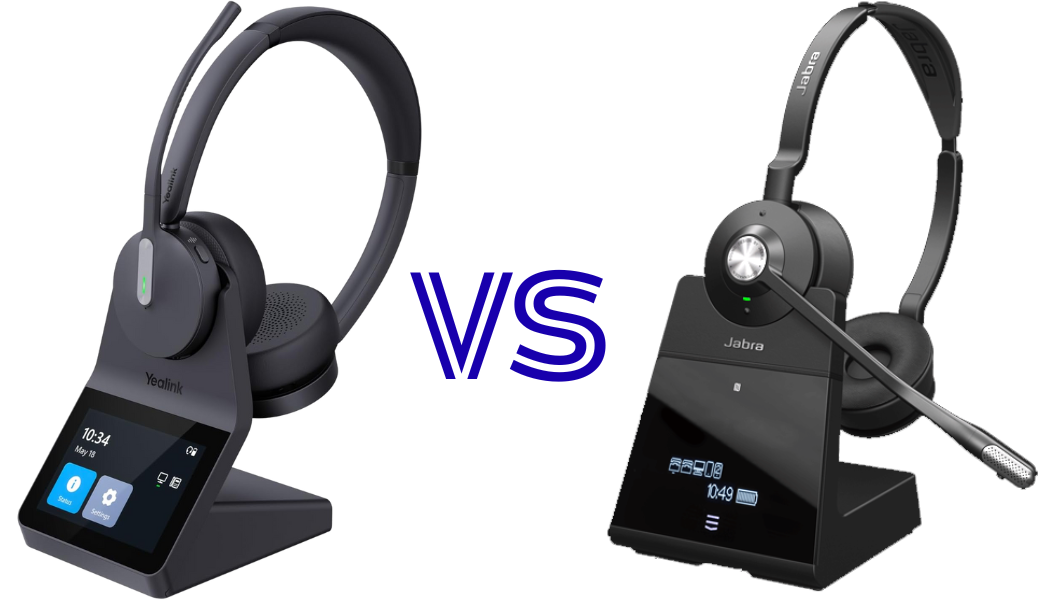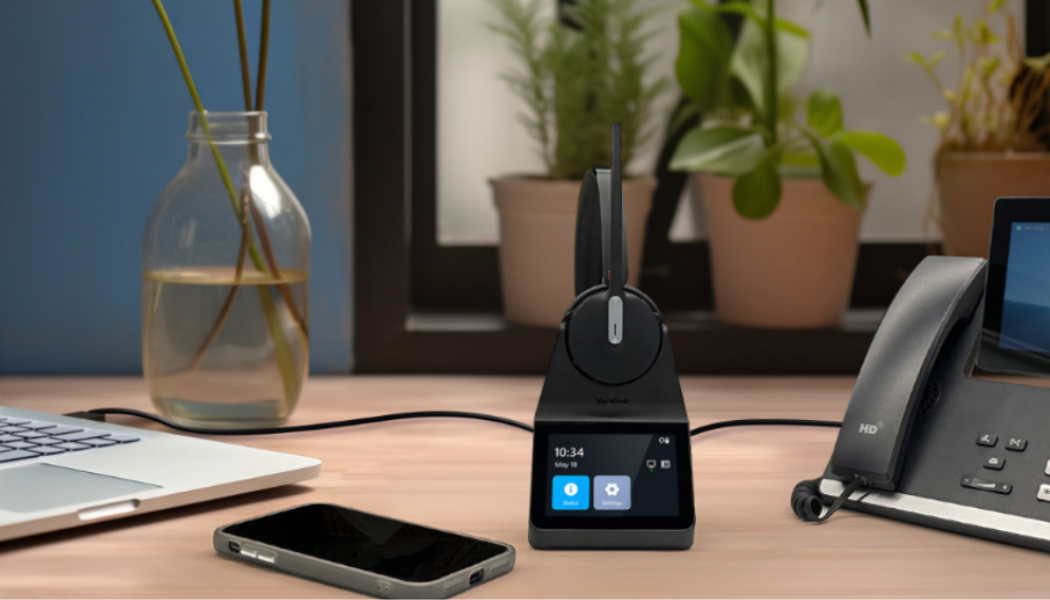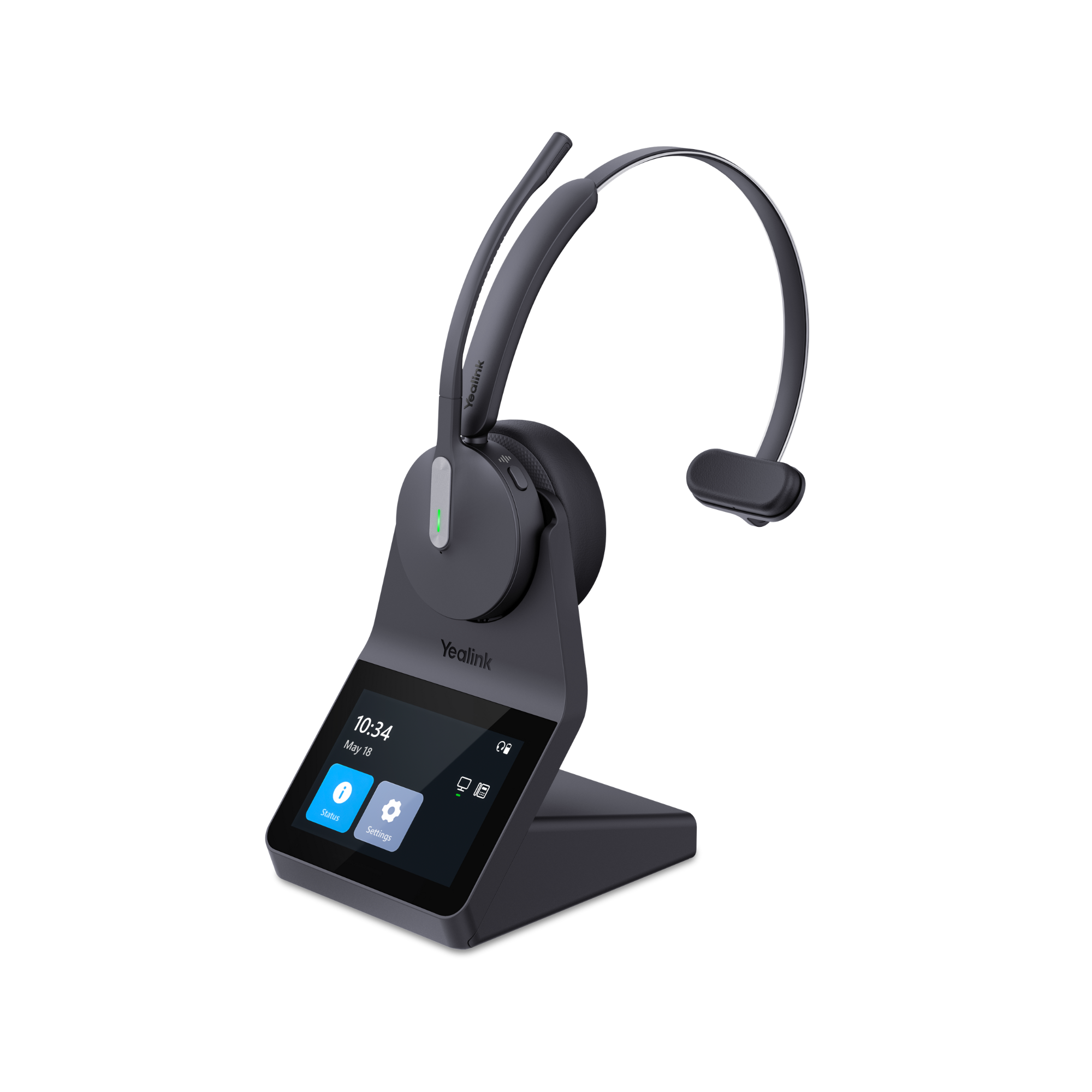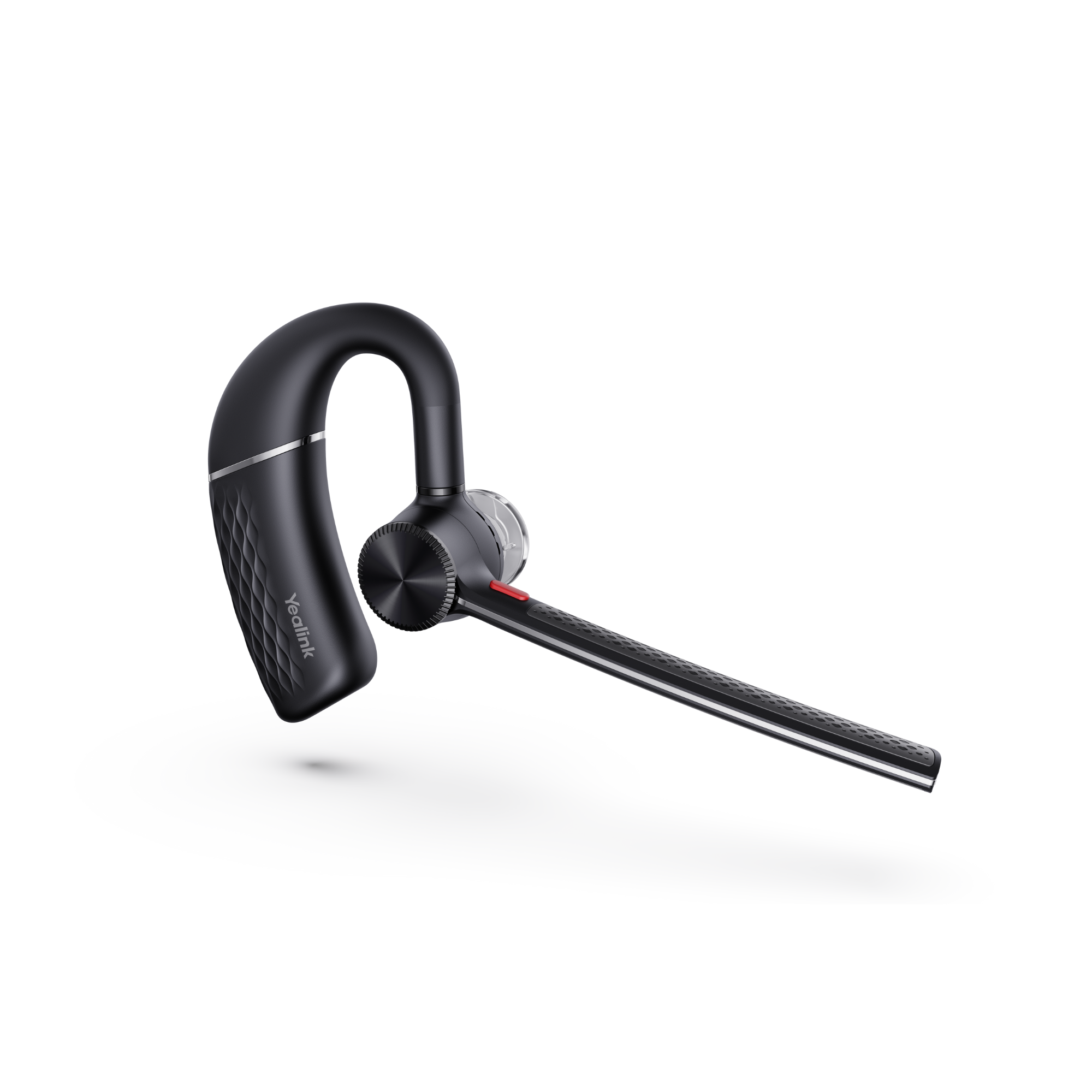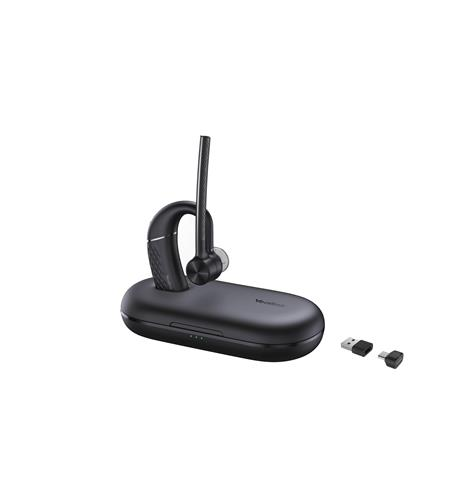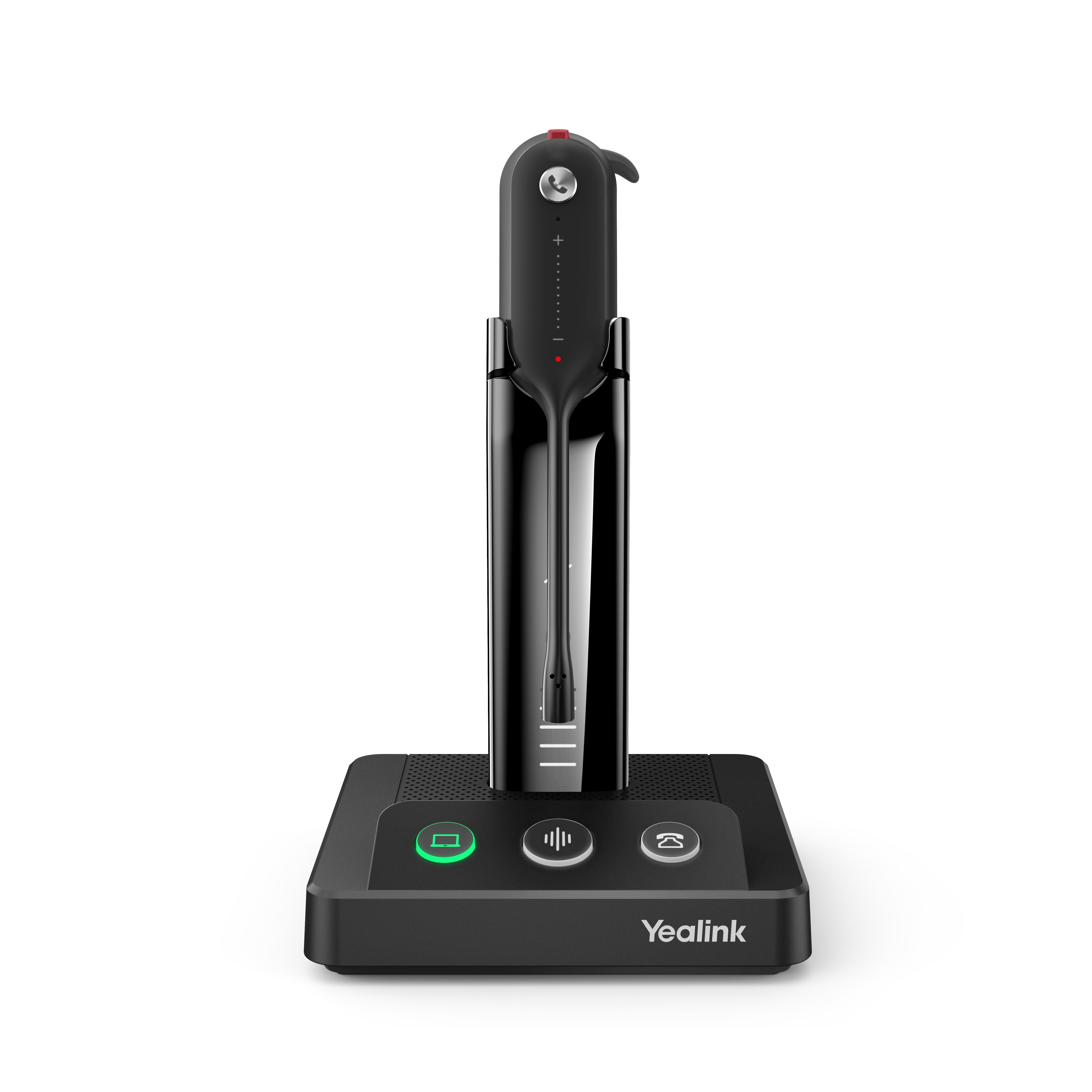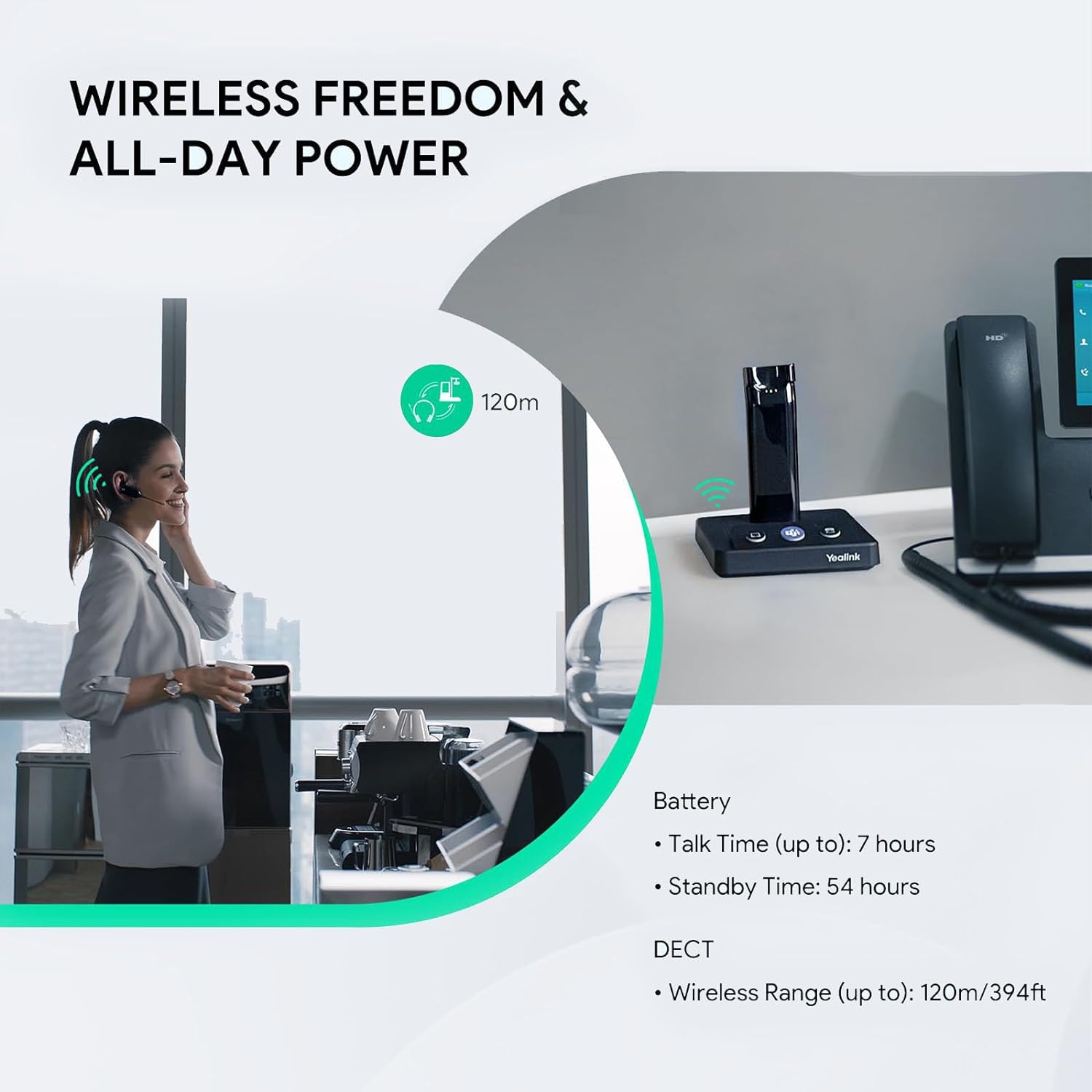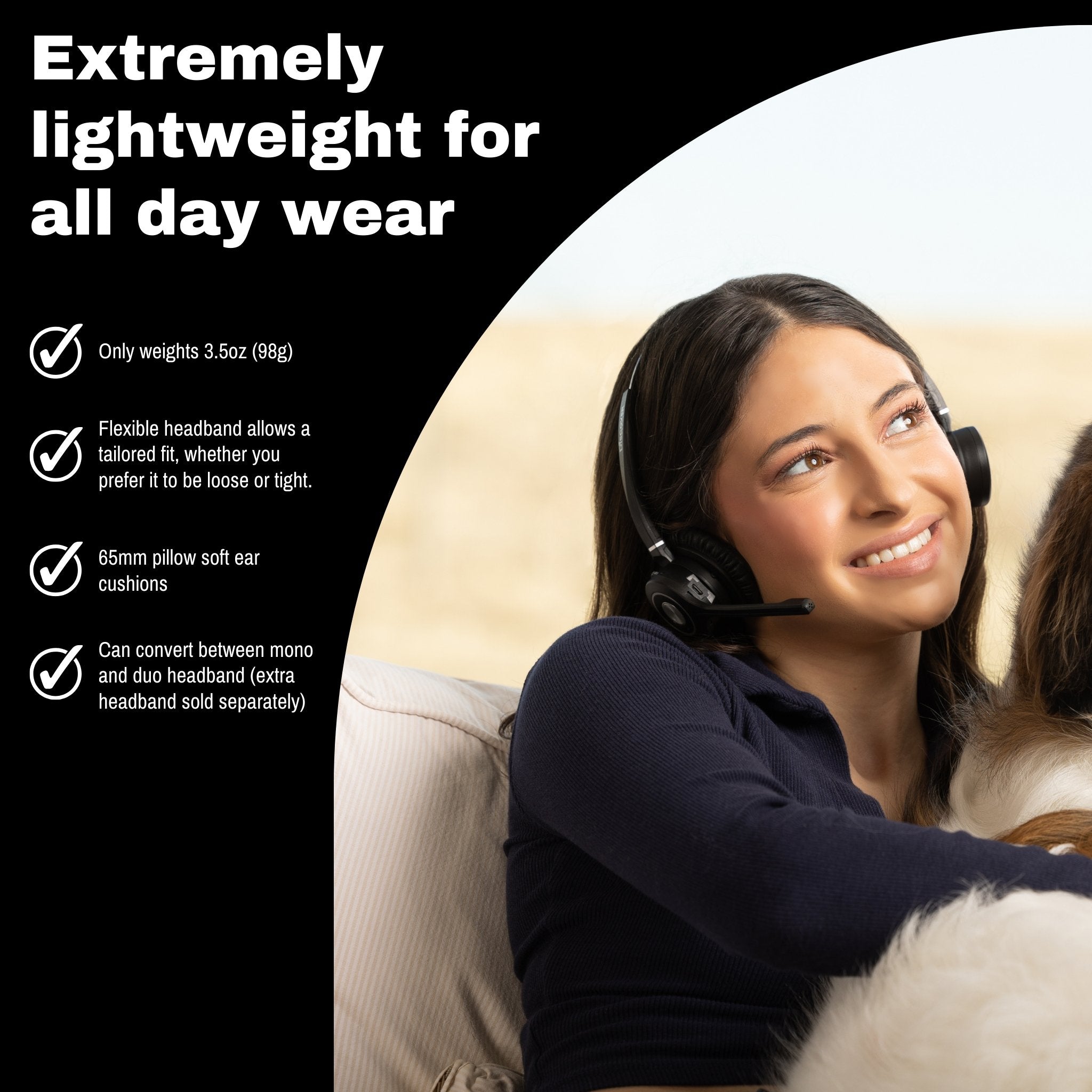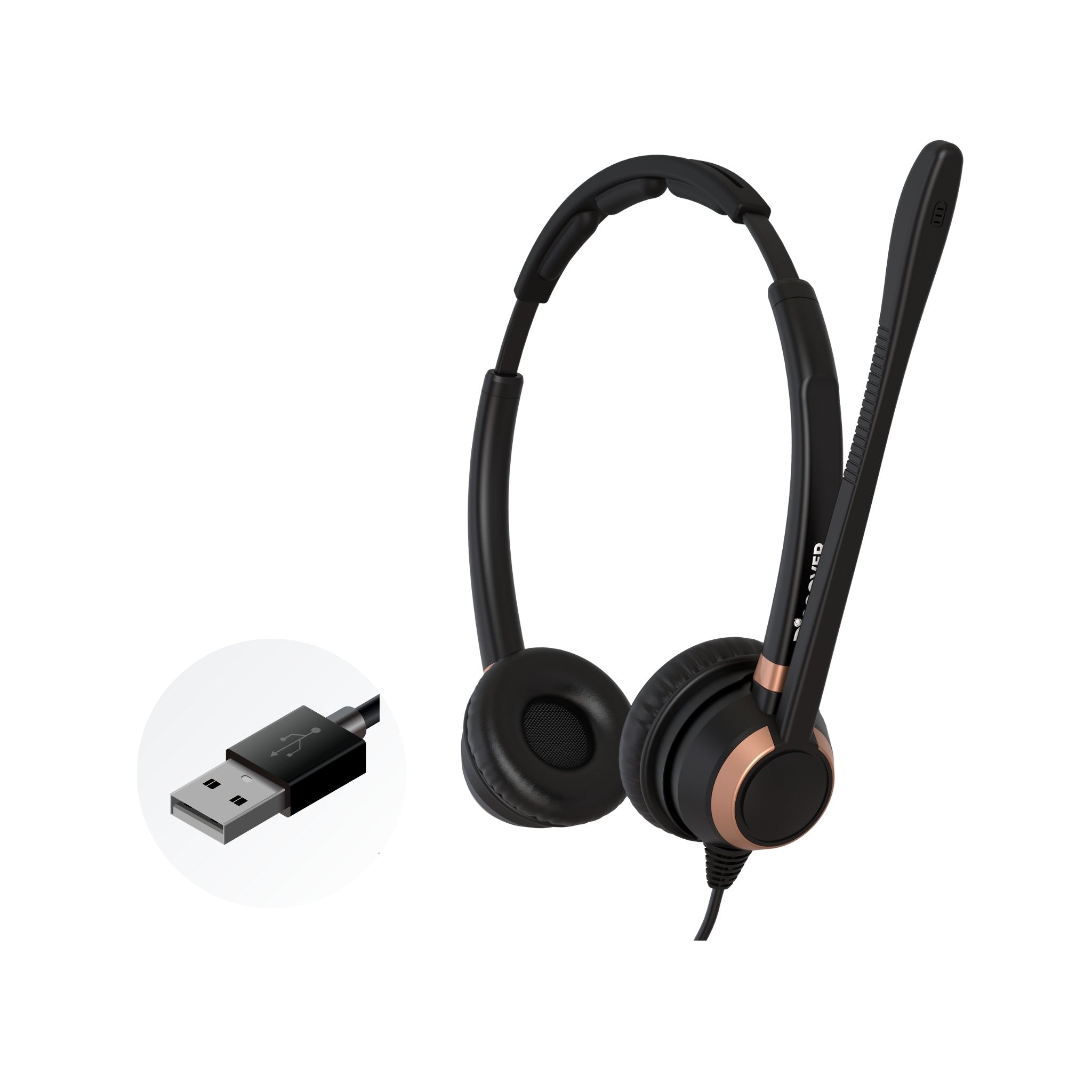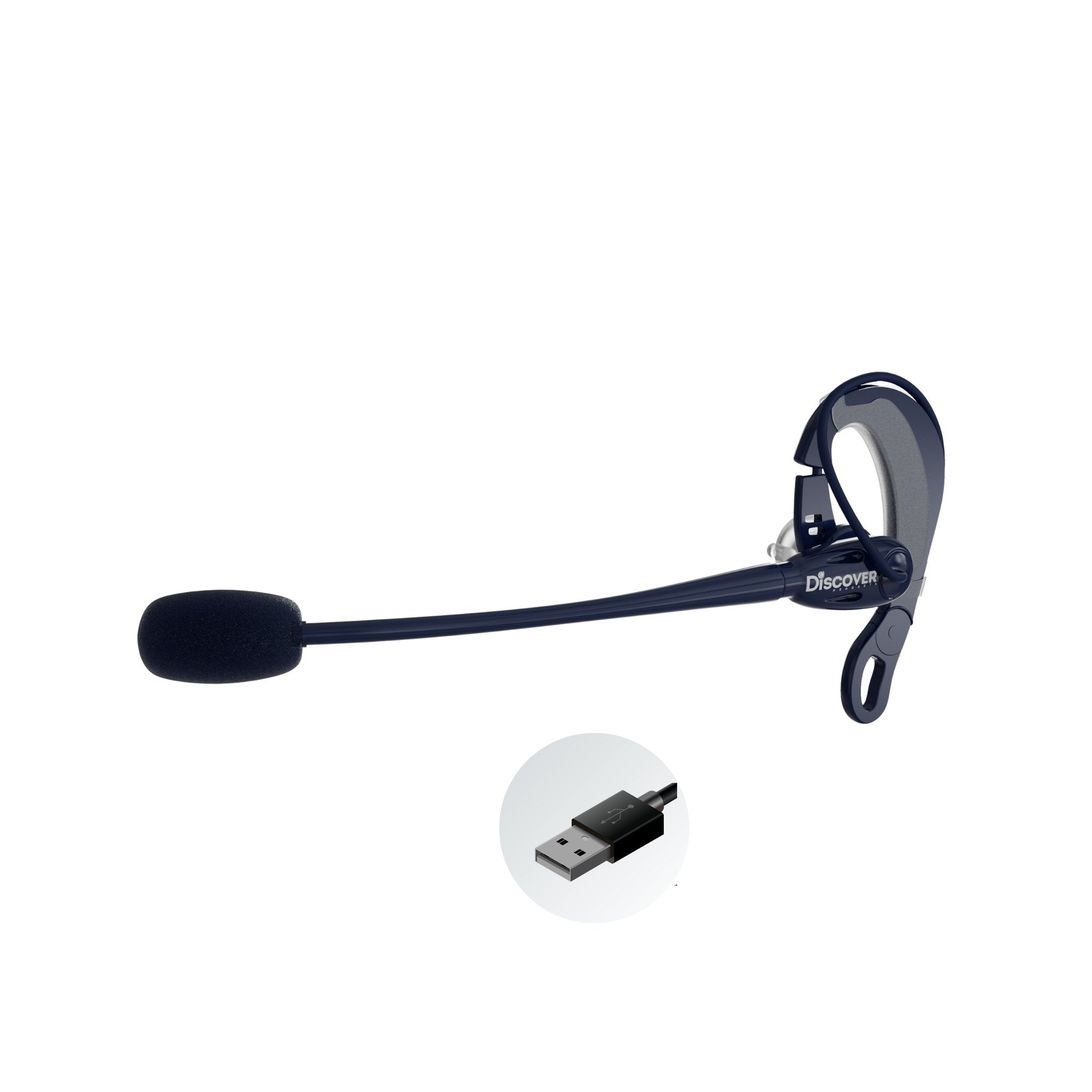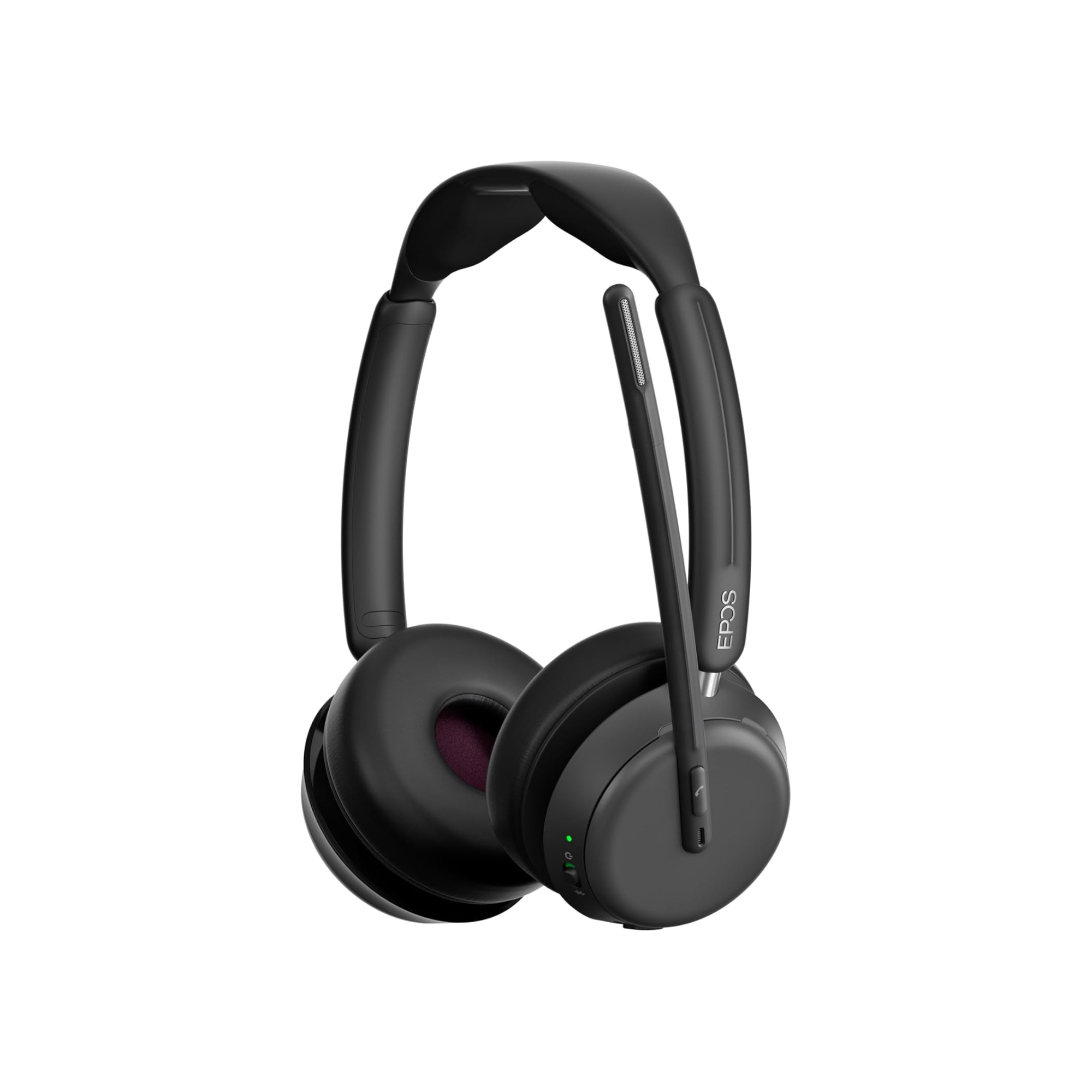In the world of communications, there’s been a slow, but steady migration of audio voice quality. This, more or less, runs parallel to what we’ve all seen in Televisions. Standard definition, to high definition to now, 4K. It seems that the boundaries of audio and video are constantly being expanded.
In this blog, I want to let you know about one company that’s promoting their headsets as offering the ability to adjust the audio from narrowband to super wideband.
The model that I’ll be using for this is the EPOS | Sennheiser Impact 5036 mono headset. Other models are available within this line, but again, for the purposes of this blog, and subsequent video, I’ve selected the mono 5036.
Before I begin, I wanted to provide you with the opportunity to watch the 5:11 video I did on this subject. In it, you’ll see the headset, you’ll hear how narrowband sound, you’ll also have the opportunity to hear how this new, super wideband audio sounds as well.
So if that sounds like something you’d be interested in, I’ll include the video below for your convenience.
As an upfront disclaimer, I want you to know that I am by no means an audio expert. I don’t have a degree in Audio Engineering or anything related to it. I do however, have a lot of experience using and testing headsets that are used in offices. Given that this subject involves a headset that’s used in an office, and has a new feature, my intent is to do my best to show it to you.
I was curious what super wideband is exactly, so like a lot of people would do, I did a Google search. The results that came back helped to confirm that I’m navigating in choppy waters. Here’s what a Google search returned:
“super-wideband telephony: Transmission of speech with a nominal pass-band wider than 100-7000 Hz, usually understood to be 50-14000 Hz. wideband telephony: Transmission of speech with a nominal pass-band wider than 300-3400 Hz, usually understood to be 100-7000 Hz.”
I don’t know about you, but to me, this doesn’t really clear up my question all that well. So rather than going further down that rabbit hole, I thought it best to ask a simpler question; what’s the benefit of wideband audio?
I could then add a “super” to it, and just conclude that it has to be wideband on steroids. Here’s what a second Google search returned.
“The benefits of wideband speech come from the added information being carried. The additional frequency range 50Hz to 200/300Hz contributes to increased presence and comfort and a more natural conversation.”
Though still being out of my area of total comprehension, I’m feeling a bit more at ease with the language of increased presence and comfort and a more natural conversation. I can get behind that. The rest? Well, that’s up to the audio experts to explain in hopefully simple terms.
EPOS | Sennheiser has a line of headsets that give you the ability to adjust the audio characteristics of their headsets. This is done through the computer after downloading their application software. You can operate in standard, narrowband mode, or you can up the audio by setting it to super wideband.
I tested the EPOS model 5036 mono, single ear headset in both the standard, narrowband mode, as well as the super wideband. I tested it for how it picks up my voice, as well as how it does to remove background sounds.
How it did in reducing background noise
To me, I felt that it performed the same in both narrowband and super wideband modes in reducing background noise. I wasn’t able to detect any notable differences when set in either mode. Noise cancelling, to me, was the same no matter which mode I set it on.
How it did on voice quality
Here I did notice a difference. When I set it in narrowband mode, the headset sounded fine. I could be heard loud and clear. However, when I engaged the super wideband mode, I could easily hear a difference. The super wideband mode sounded far richer and without a doubt, a higher quality sound.
Decide for yourself
The perceptions I noted above are my own personal views. If you listen for yourself, you can decide if the super wideband audio is superior to narrowband in terms of voice quality and background noise reduction.
After all, sound quality is subjective with something that sounds great to one person, might not sound that good to another. So, the best way here is to decide for yourself, and that can be done by listening to the sound test I did on the video.
If you feel that super wideband is vastly superior to narrowband, then the EPOS Impact line of headsets might be your best choice and maybe even your next new headset.
Have questions, or need some help?
If you have questions about headsets, and you’re not sure where to turn to get answers, look no further than to Headset Advisor. We’ve been consulting with customers since 1994, and we can be a great resource for you.
Call us, email us, text us or chat live with us. We’re here to help you find the perfect headset that’s comfortable, sounds great, compatible with your system and within your budget.




